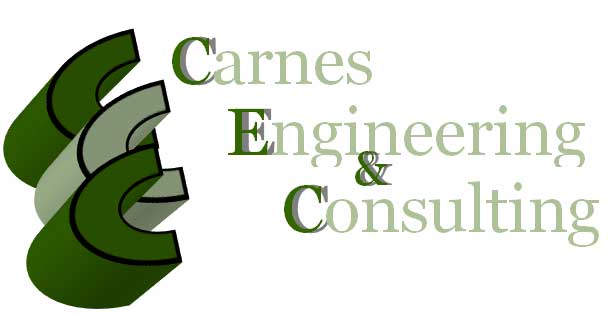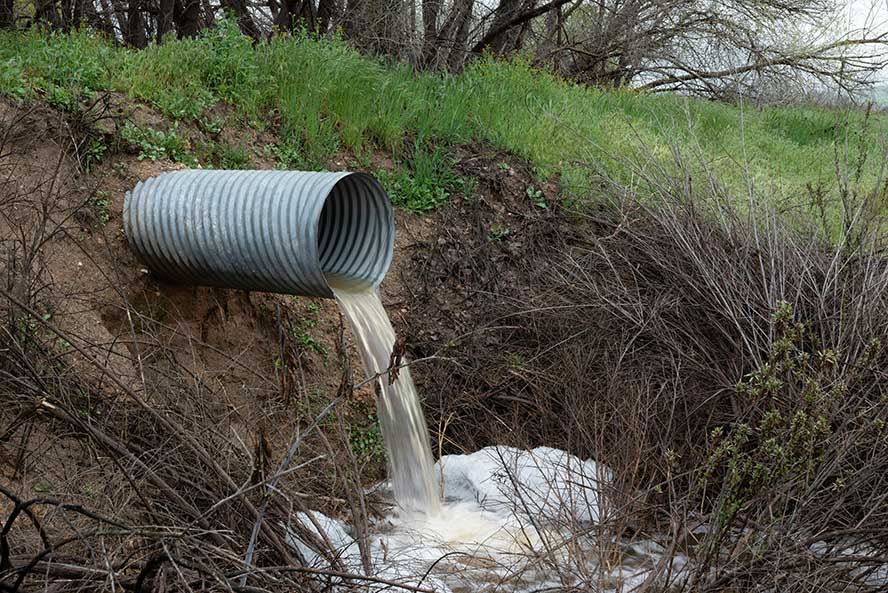Percolation testing, often referred to as “perc testing,” is a method used to evaluate the absorption rate of soil for the installation of septic systems or for general drainage purposes. This type of testing is crucial in areas where public sewer systems are not available, and onsite wastewater treatment systems (OWTS), such as septic systems, are needed. Percolation testing helps determine the suitability of a soil for septic leach fields or drain fields and is an essential part of designing an effective wastewater disposal system.
How Percolation Testing Works
The basic procedure for a percolation test involves drilling or digging a series of holes in the ground at the site where the septic system or drainage system is proposed. These holes are typically a specified depth and diameter. The soil at the bottom and sides of the holes is then soaked with water, simulating conditions of a leach field. After pre-soaking, water is added to the holes at a consistent rate, and the time it takes for the water to seep away or percolate into the soil is measured. This percolation rate, usually expressed in minutes per inch, indicates how quickly the soil can absorb water.
Importance of Percolation Testing in Nevada
1. Septic System Design: The results of a percolation test are used to design the size and type of septic system that can be installed. Soil with a very slow percolation rate may require a larger drain field or alternative septic system designs to ensure adequate wastewater treatment.
2. Environmental Protection: Properly conducted percolation tests help prevent environmental contamination by ensuring that septic systems are designed in a way that allows for effective wastewater treatment before it reaches groundwater.
3. Regulatory Compliance: Many local health departments and environmental agencies require percolation testing as part of the permitting process for septic systems. Passing the perc test is often a prerequisite for obtaining a permit to install a septic system.
4. Property Development: For property developers and homeowners, percolation testing is a critical step in assessing whether a piece of land is suitable for development, especially in rural areas without access to municipal sewer systems.
Factors Affecting Percolation Rates
Several factors can affect the outcome of a percolation test, including:
– Soil Texture and Structure: Clay soils tend to have slow percolation rates due to their small particle size, while sandy soils usually percolate water quickly.
– Soil Compaction: Compacted soils can significantly reduce percolation rates.
– Moisture Content: The initial moisture level of the soil can influence the test results.
– Seasonal Variations: Seasonal changes in groundwater levels and soil moisture can affect percolation rates.
Due to the variability in soil conditions and the importance of accurate test results, percolation testing should be performed by qualified professionals who are familiar with local regulations and soil characteristics.

